Researchers identify genes that make strawberries resistant to Fusarium wilt
Strawberry plants affected by Fusarium wilt at Armstrong Pathology Farm. Photo by Fred Greaves for UC Davis
Resistant varieties will be released to growers later this yearStrawberry losses from Fusarium wilt may become less of a threat after researchers at the University of California, Davis discovered genes resistant to this deadly, soil-borne disease.
The results, published in the journal Theoretical and Applied Genetics, are the culmination of years of work, and the discovery will help protect against disease losses, said Steve Knapp, Breeding Program Director of strawberries in college.
“What we have accomplished here is important and valuable to the industry and it will protect growers,” Knapp said.
Strawberries are a key crop in California, where approximately 1.8 billion pounds of nutritious fruit are grown each year, representing about 88% of what is harvested in the United States.
Gene discovery could prevent a Fusarium wilt pandemic.
"The disease has started showing up more often across the state," said Glenn Cole, breeder and field manager at the Strawberry Breeding Program. “Once wilting sets in, the plant collapses. You have total death."
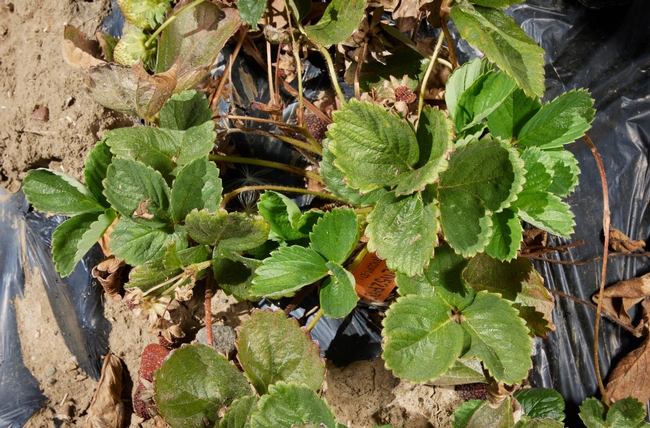
Strawberry plants show symptoms of Fusarium wilt. Photo by Fred Greaves for UC Davis
Look for resistance
UC Davis scientists examined thousands of strawberry plants in the university's nursery and took DNA samples. They then used genetic screening and developed DNA diagnostics to identify genes resistant to the primary race of Fusarium wilt.
"Genes have been floating around in strawberry genetic material for thousands of years," Cole said, but no one has worked to identify them.
This latest development brings "the strawberry into the 21st century in terms of solving this problem," Knapp said.
Protect future crops
This work means breeders can introduce the resistant gene into future strawberry varieties. This fall, the program will release new cultivars carrying the Fusarium resistance gene. And DNA diagnostic tools will help breeders respond to new Fusarium wilt variants that are developing.
“There will be new threats and we want to prepare for them,” Knapp said. "We want to understand how it works in Strawberries so that as new threats emerge, we can deal with them as quickly as possible."
"If you don't have fusarium resistance, you're done," Cole said. "The disease could be more present than you think."
Fusarium wilt was never a problem, but when the methyl bromide fumigant was phased out in 2005, things changed. The disease was in the soil and without the fumigant, cases of wilt increased, especially in areas where crops were not in rotation.
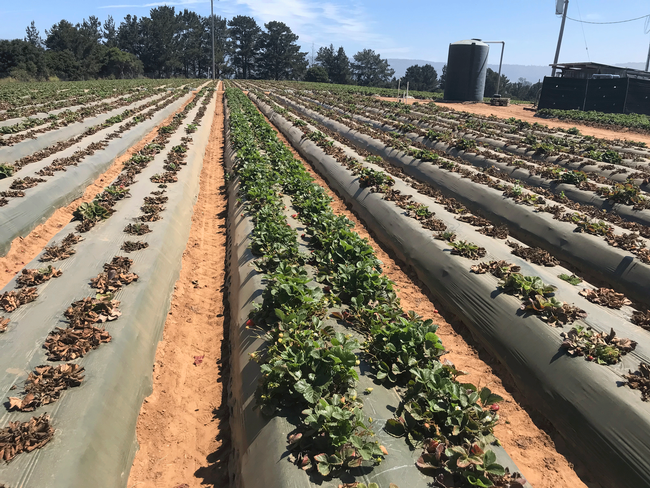
Resistant strawberry plants planted among cultivars susceptible to Fusarium wilt. Photo courtesy of Glenn Cole
Create new varieties
Knapp and Cole have informed the industry of current strawberry varieties that have resistance so they can select plants with this added protection. New resistant varieties coming out later this year will be suitable for multiple growing seasons.
"It's a big deal," Cole said. "Everything is progressive in plant breeding, but it's a big deal."
Plant scientists have been breeding strawberries at UC Davis since the 1930s and have released more than 60 patented varieties through the public breeding program.
All the work has...
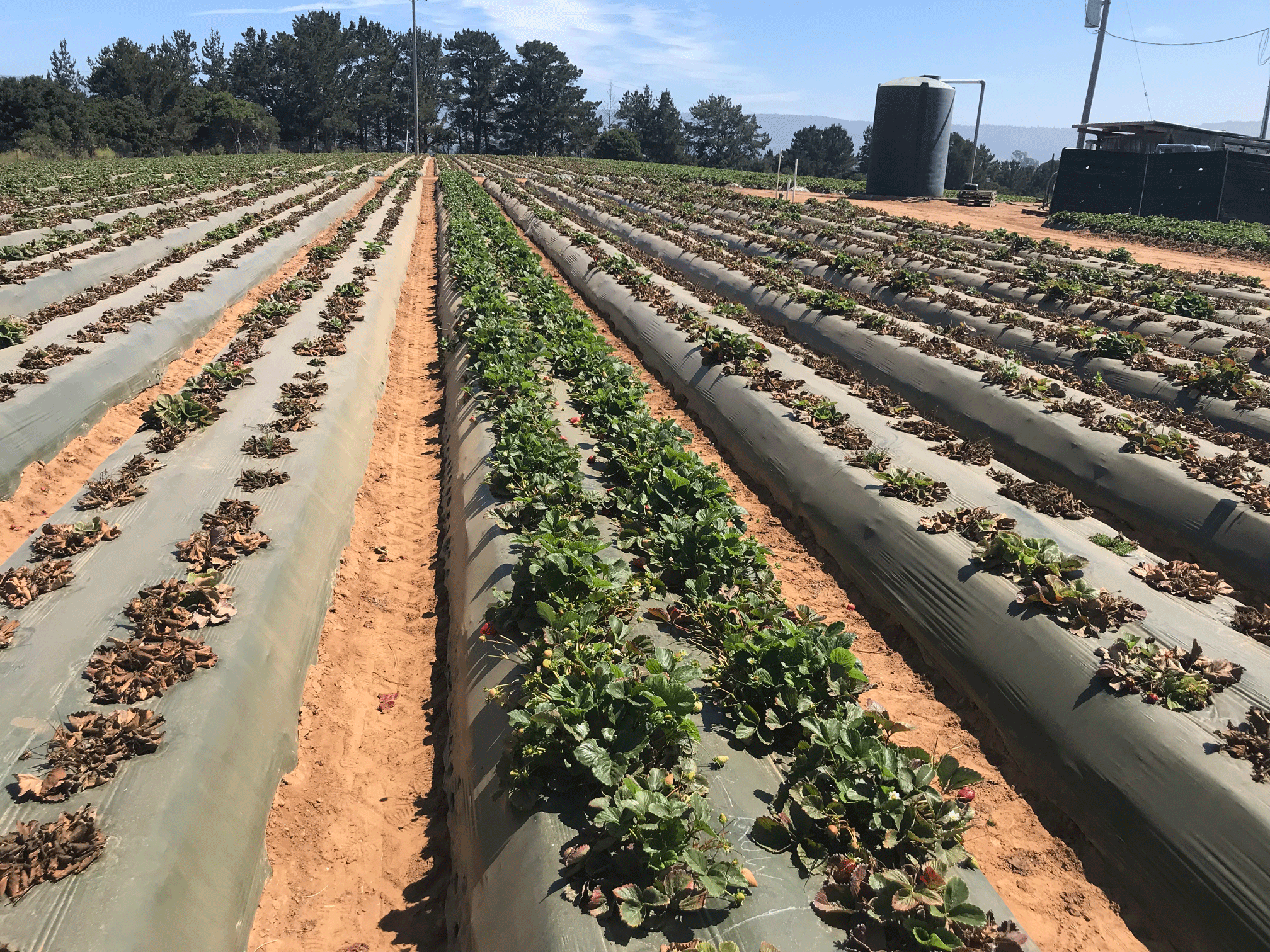
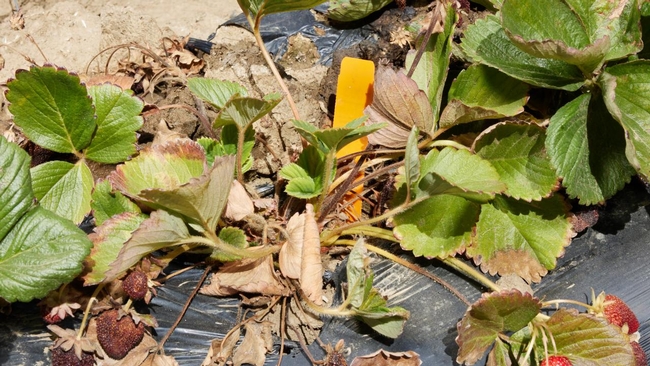
Strawberry plants affected by Fusarium wilt at Armstrong Pathology Farm. Photo by Fred Greaves for UC Davis
Resistant varieties will be released to growers later this yearStrawberry losses from Fusarium wilt may become less of a threat after researchers at the University of California, Davis discovered genes resistant to this deadly, soil-borne disease.
The results, published in the journal Theoretical and Applied Genetics, are the culmination of years of work, and the discovery will help protect against disease losses, said Steve Knapp, Breeding Program Director of strawberries in college.
“What we have accomplished here is important and valuable to the industry and it will protect growers,” Knapp said.
Strawberries are a key crop in California, where approximately 1.8 billion pounds of nutritious fruit are grown each year, representing about 88% of what is harvested in the United States.
Gene discovery could prevent a Fusarium wilt pandemic.
"The disease has started showing up more often across the state," said Glenn Cole, breeder and field manager at the Strawberry Breeding Program. “Once wilting sets in, the plant collapses. You have total death."

Strawberry plants show symptoms of Fusarium wilt. Photo by Fred Greaves for UC Davis
Look for resistance
UC Davis scientists examined thousands of strawberry plants in the university's nursery and took DNA samples. They then used genetic screening and developed DNA diagnostics to identify genes resistant to the primary race of Fusarium wilt.
"Genes have been floating around in strawberry genetic material for thousands of years," Cole said, but no one has worked to identify them.
This latest development brings "the strawberry into the 21st century in terms of solving this problem," Knapp said.
Protect future crops
This work means breeders can introduce the resistant gene into future strawberry varieties. This fall, the program will release new cultivars carrying the Fusarium resistance gene. And DNA diagnostic tools will help breeders respond to new Fusarium wilt variants that are developing.
“There will be new threats and we want to prepare for them,” Knapp said. "We want to understand how it works in Strawberries so that as new threats emerge, we can deal with them as quickly as possible."
"If you don't have fusarium resistance, you're done," Cole said. "The disease could be more present than you think."
Fusarium wilt was never a problem, but when the methyl bromide fumigant was phased out in 2005, things changed. The disease was in the soil and without the fumigant, cases of wilt increased, especially in areas where crops were not in rotation.

Resistant strawberry plants planted among cultivars susceptible to Fusarium wilt. Photo courtesy of Glenn Cole
Create new varieties
Knapp and Cole have informed the industry of current strawberry varieties that have resistance so they can select plants with this added protection. New resistant varieties coming out later this year will be suitable for multiple growing seasons.
"It's a big deal," Cole said. "Everything is progressive in plant breeding, but it's a big deal."
Plant scientists have been breeding strawberries at UC Davis since the 1930s and have released more than 60 patented varieties through the public breeding program.
All the work has...
What's Your Reaction?









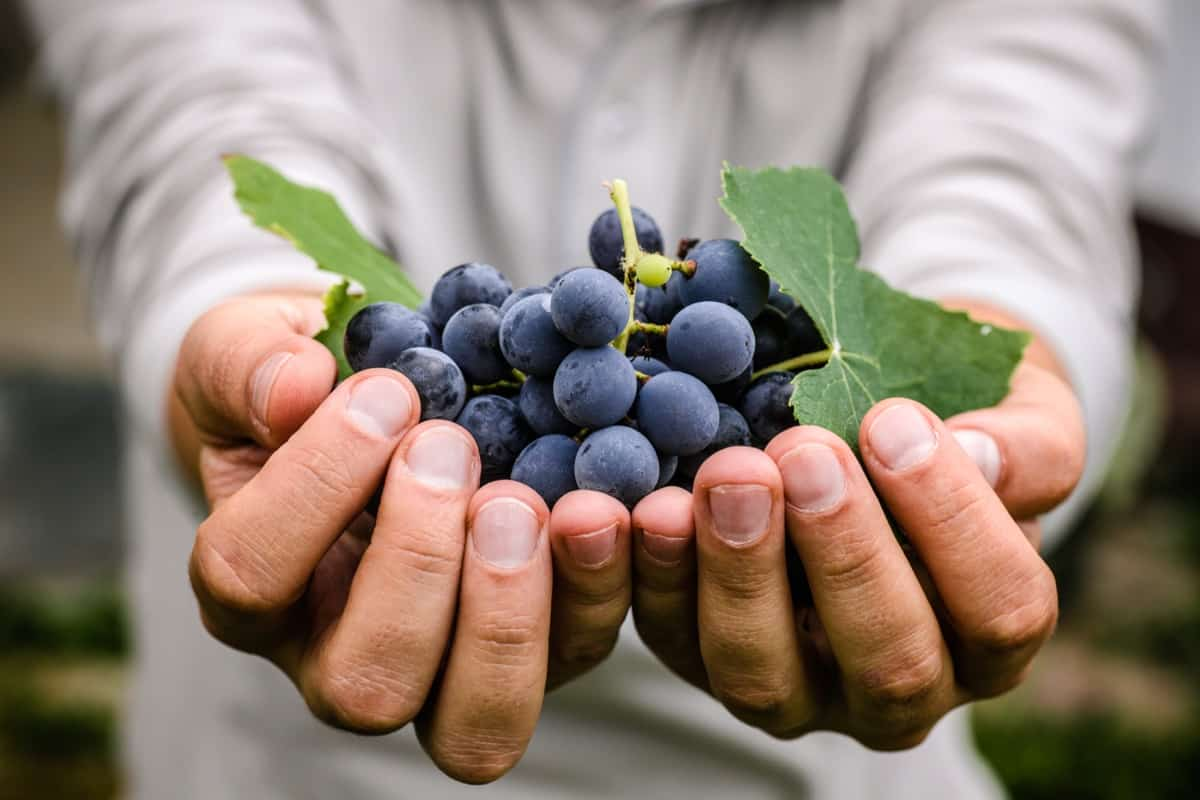
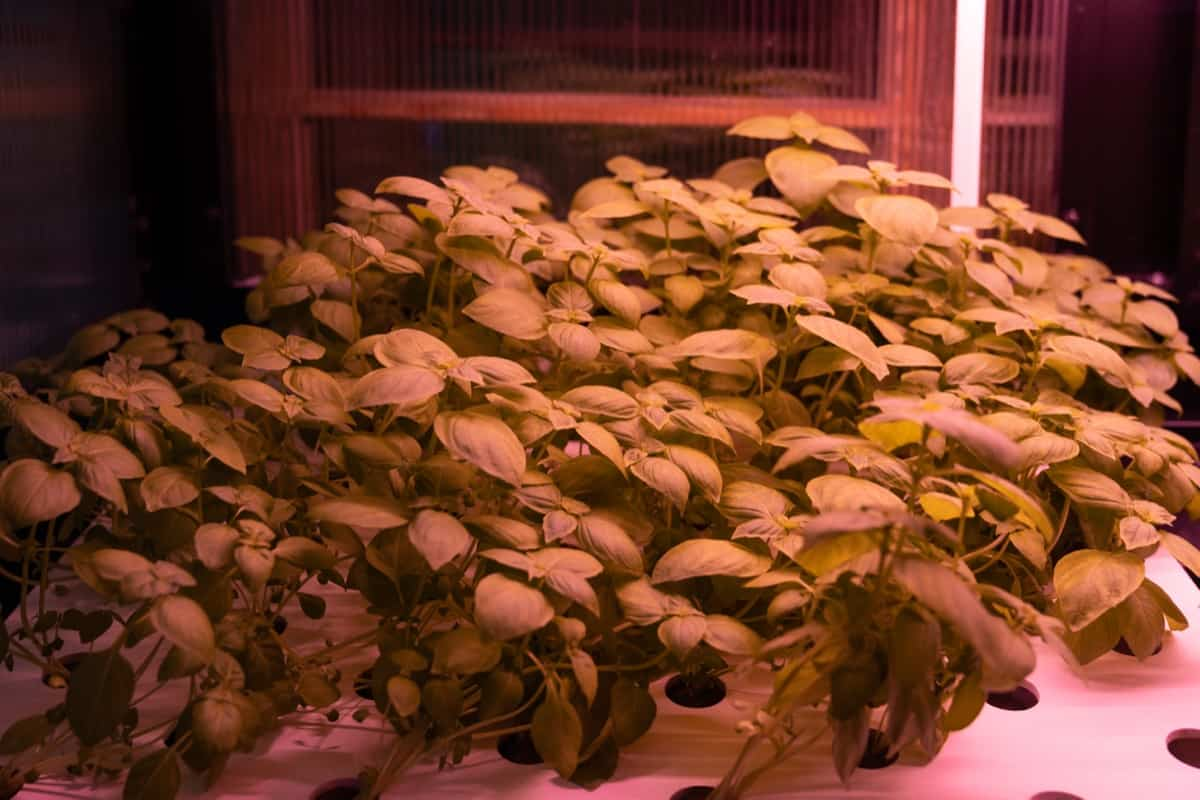




![Three of ID's top PR executives quit ad firm Powerhouse [EXCLUSIVE]](https://variety.com/wp-content/uploads/2023/02/ID-PR-Logo.jpg?#)







